Arequipa, Peru
Arequipa (Ah-Reh-KEEP-Ah) was founded by the Spanish Manuel Garci de Carbajal after the conquest of America under the rule of Charles V of Spain, on August 15th, 1540. In 1950, President Dwight Eisenhower launched the initiative to twin the cities in the United States internationally to achieve bonds further than those of conventional treaties and diplomatic channels.
Arequipa was one of the first cities to join in, beginning a Sister Cities relationship with Charlotte in 1962. Arequipa and Charlotte have been active Sister City partners ever since.
Charlotte and Arequipa have a rich relationship consisting of successful local events and international exchanges. Some of our highlights include Jerald Melberg's fundraising project, our 40th anniversary celebration, Salvation Army's Festival of Tables event, and our solar panel project.

2025 Orgullo Arequipeño Gala in Charlotte
Charlotte Sister Cities was honored to participate in the Orgullo Arequipeño Gala, hosted by the Peruvian Charlotte Cultural Association at a packed-to-capacity Pisco GastroLounge, in celebration of the 485th Anniversary of the City of Arequipa. This vibrant and engaging evening brought together community leaders, dignitaries, and cultural advocates. Special guests included Councilman Edwin Peacock III, Charlotte City Council Member; Saria Estrada, Member, Advisory Council on Hispanic/Latino Affairs; Rossmary Palma, Organizer and Co-Founder, Peruvian Charlotte Cultural Association; Cecilia Vizcarra, Organizer and CEO, Pisco GastroLounge; Kelly Willis, President, Charlotte Sister Cities; Stephen Krupp, Chair, Arequipa Committee and President, Charlotte Sister Cities; Jerald Melberg, Honorary Lifetime Director, Charlotte Sister Cities; Giancarlo León, Consul General of Peru in Atlanta; David Lynn, Immediate Past President, Charlotte Sister Cities; Vanessa Faura, Gala Director; and Diana Gonzales, Congresswoman of Peru representing Arequipa. Guests were treated to an unforgettable Arequipeñan culinary experience featuring soltero de queso, ocopa arequipeña, rocoto relleno, pastel de papa, lechón, queso helado, and IBERICA chocolates with passion fruit cream, paired with signature drinks like AQP and red wine. Charlotte Sister Cities is proud to support and celebrate 63 years vibrant international partnership between our two cities!
In Remembrance - María Elena de la Colina
All of us at mourn the passing of María Elena de la Colina and remember with fondness her friendship and longstanding support of our partnership, as both a resident and community leader in Arequipa, Peru. Our thoughts and prayers are with her family and many friends.
Todos nosotros en Charlotte Sister Cities lamentamos el fallecimiento de María Elena de la Colina y recordamos con cariño su amistad y su continuo apoyo a nuestra asociación, tanto como residente como líder comunitaria en Arequipa, Perú. Nuestros pensamientos y oraciones están con su familia y sus numerosos amigos.
About Arequipa
Arequipa was founded by the spanish Manuel Garci de Carbajal after the conquest of America under the rule of Charles V of Spain, on August 15th, 1540. The city already existed founded by the Inca Mayta Capac under the name of Arequepay which in Aymara language means “we settle here." There is no information of the indians whereabouts when the spanish founded and settled in the city.
They started planning the architecture using a volcanic stone named “sillar” with which their first magnificent houses were built. The story tells that the town was known as the White City because of the color of this white stone. But there is also information that this name comes because the Spanish people settled in Arequipa but, since there were no indians living in the área, there was no possible mixture of races.
Arequipa was a very important town during the colonial time because it was strategically located for the mines from Alto Peru (now Bolivia) to bring minerals to the coast line and sent in the galeons to Spain. Therefore many towns were founded along the route coming from Lake Titikaka to the coast of Arequipa and its ports. After the Independence of Perú in 1821, Arequipa kept its importance as an industrial and comercial área as in the late 19th century one of the first railroad tracks were built by an english company and linking Alto Peru (Lake Titikaka) with the coastline of Arequipa.
Arequipa is important for copper mines and the center of the alpaca and vicuna wool which is exported worldwide. There are many textile industries which where founded more than one century ago. In 1909, the first chocolate Factory was built in Arequipa by a Spanish immigrant who arrived in the late 19th century and settled here marrying a lady from Arequipa. This industry “La Iberica” is still an important and prestigious Enterprise owned by the same family that founded it.
On March 25, 1915 the soccer team Football Club Melgar was founded in Arequipa and today, it is one of the main football teams in the country twice national champion. In Arequipa there are many English families due to engineers and workers that came to build the Railroad Company and stayed marrying ladies in Arequipa. Therefore, in 1918, they founded the first Golf Club in Peru called Arequipa Golf Club which still exists.
During the 20th century, Arequipa has become one of the main tourist destinations of the country because of its unique architecture, wonderful climate, landscape and attractions such as the Colca Valley with its most deepest canyon in the world and colonial architecture. After Cusco, it is considered the most important destination for foreign visitors. Main square, catedral, Monastery of Santa Catalina, Santa Teresa Convent, eight art galleries, museums and various baroque style churches. Surrounding towns with ancient terraces built by the Incas that still serve as agricultural crops.
Our Sister City Relationship
It all began in 1962. Through its mayor, Eduardo Ponce Mendoza, Arequipa was assigned to Charlotte for a Sister City agreement.
According to Alvaro Talavera, during the mayoralty of José Luis Velarde Soto, the connection with Charlotte was strengthened by Eduardo Bedoya and his wife Gachy in 1982. Soon after, a group of people linked to the municipality of Arequipa were interested in inviting representatives of Charlotte to come to Arequipa, offering them accommodations in different private houses. Thus, the president of the Sister Cities committee in the United States, a man named Martin, arrived with a group of 25 people at the beginning of the cultural exchange program between the two cities.
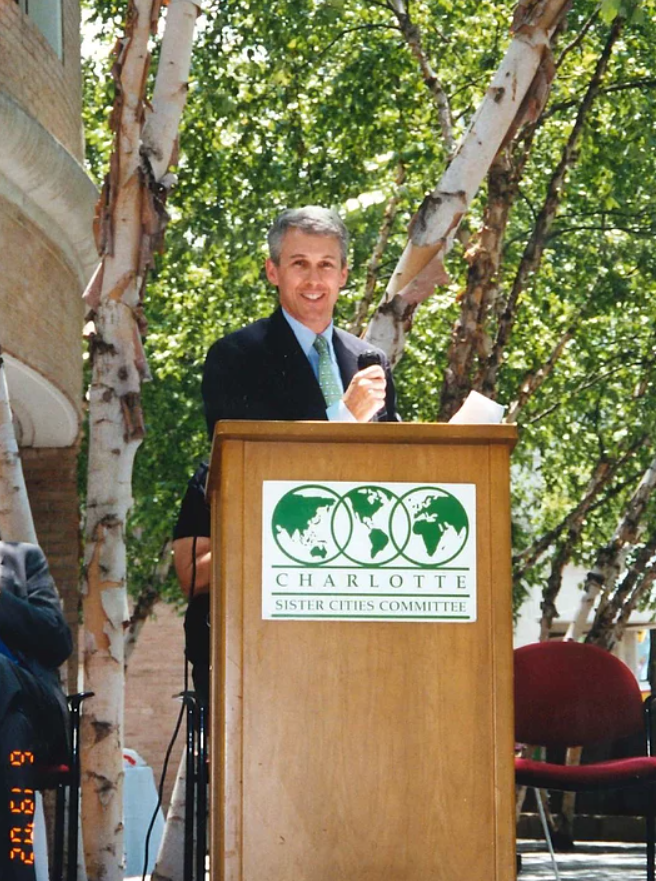
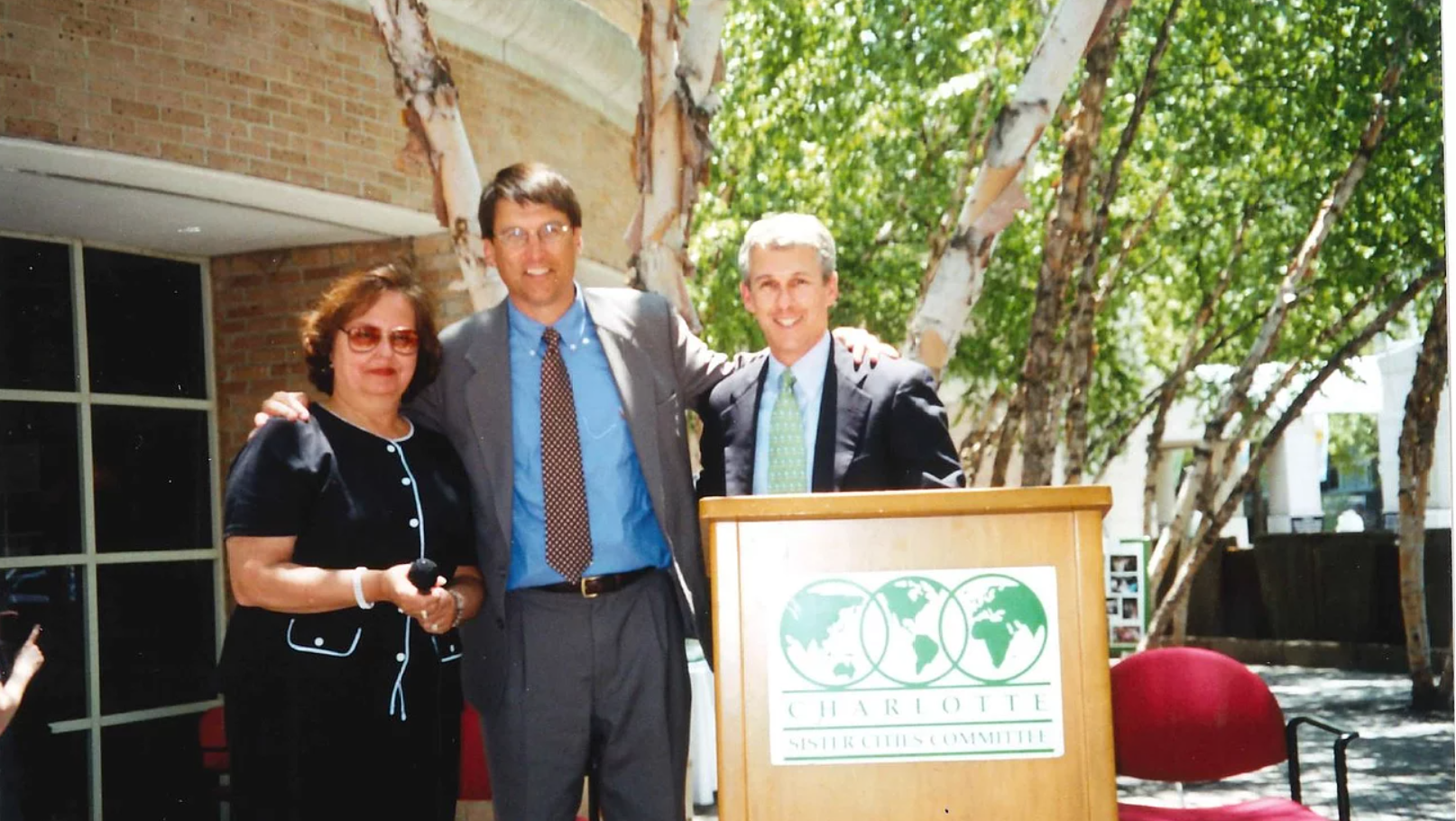
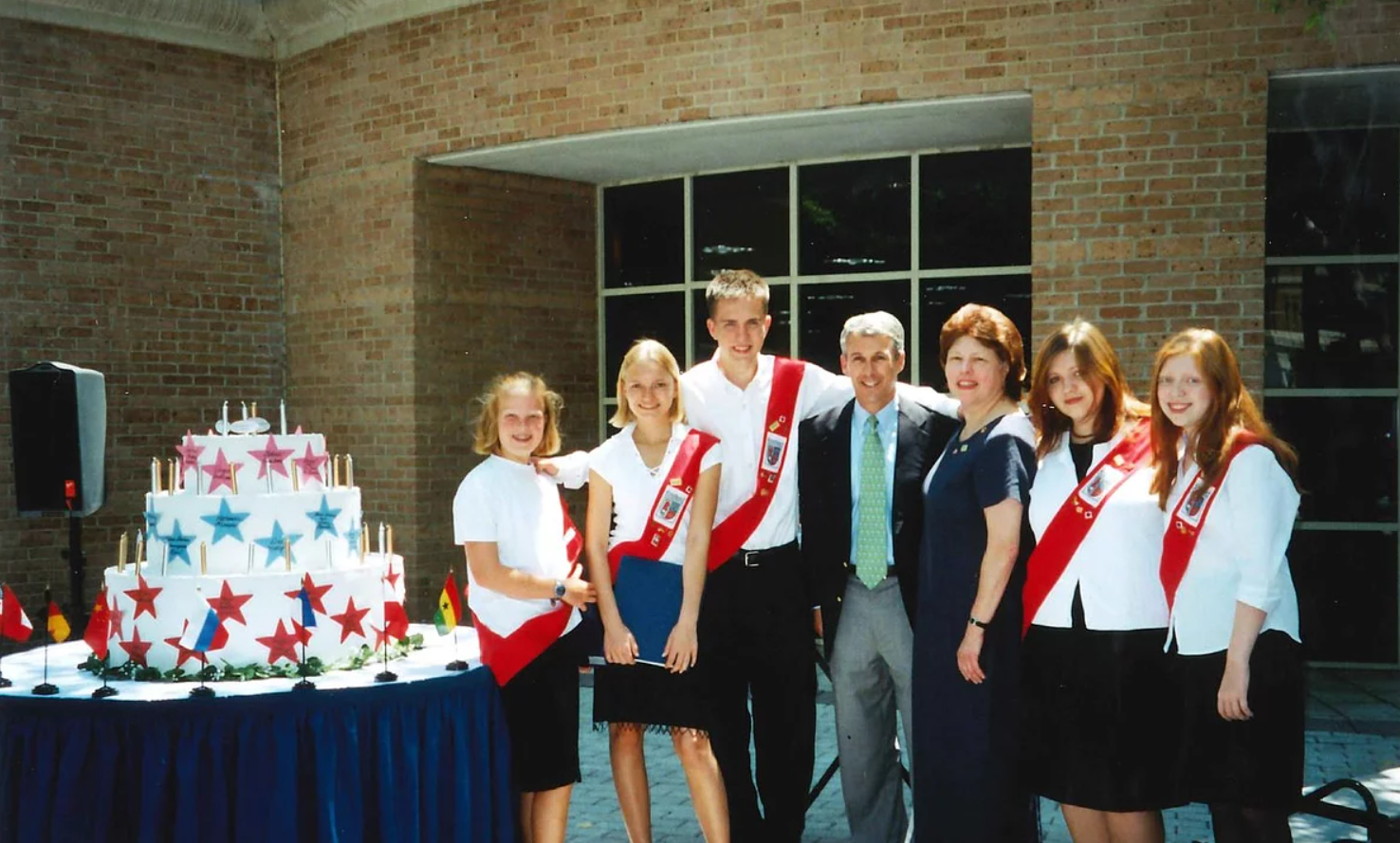
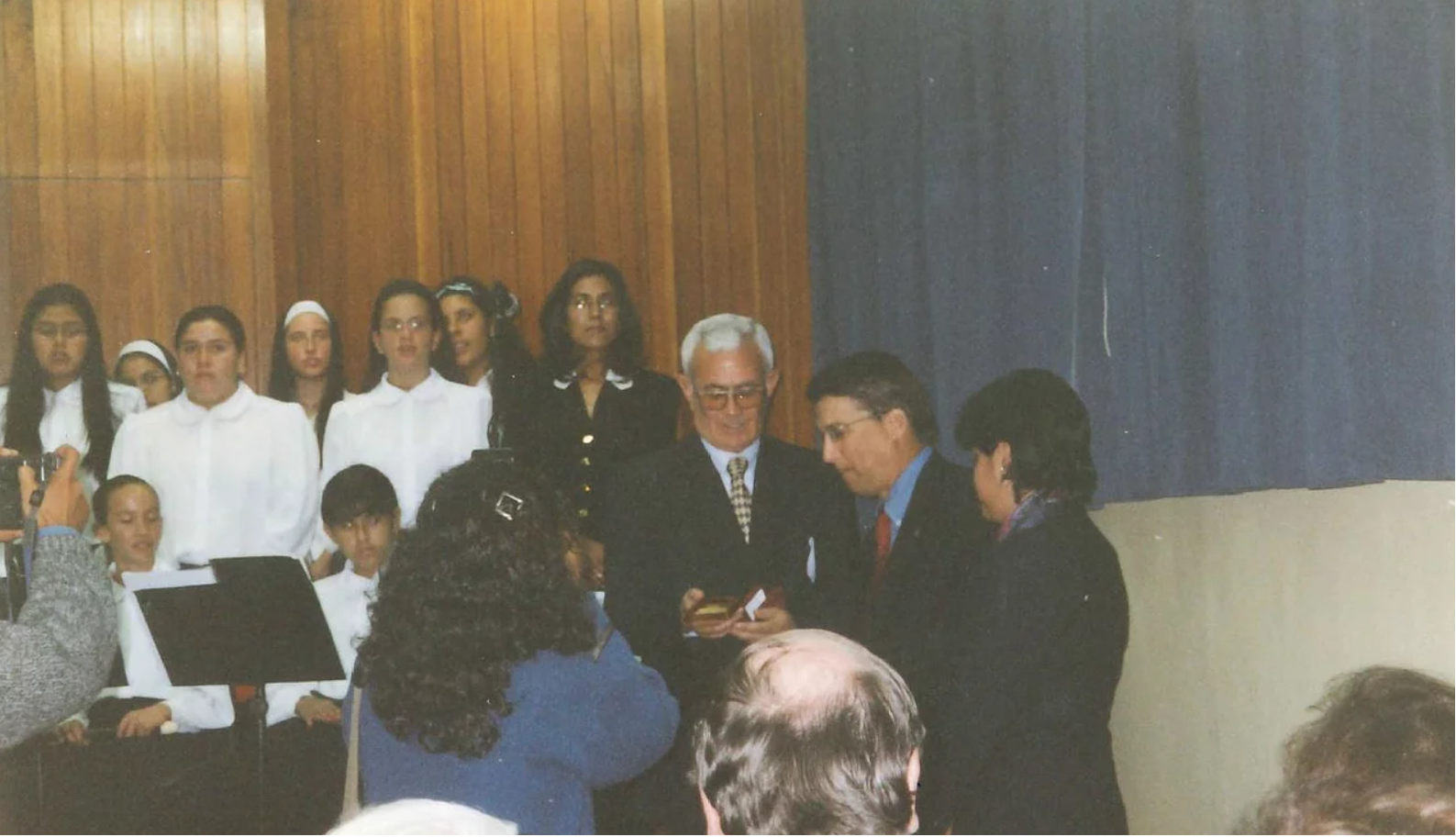
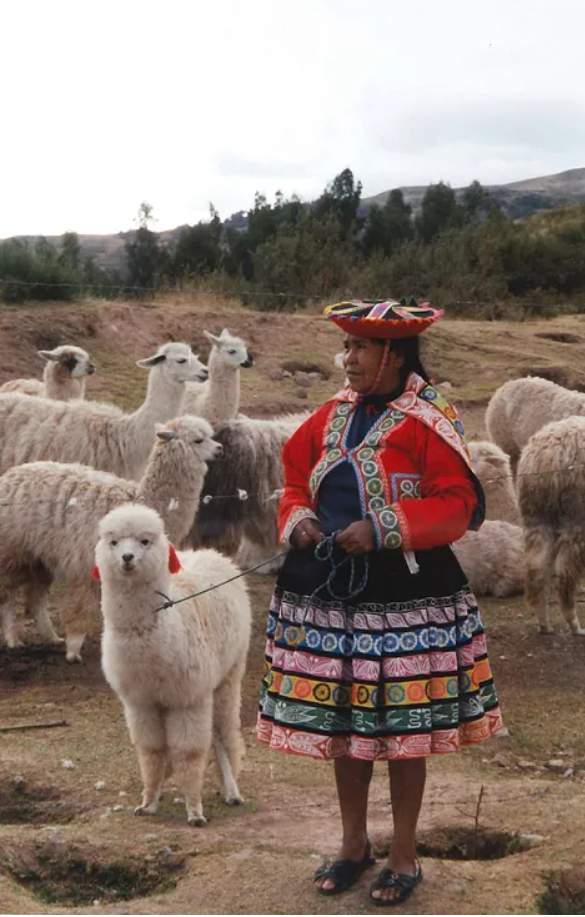

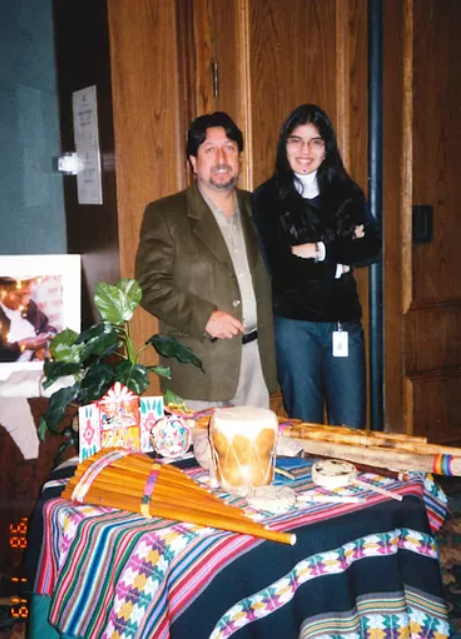

A Look Back: the Jerald Melberg Fundraisers
One of the first cooperation activities was started by Dr. Carlos Galdo, who was doctor of the General Hospital of the Ministry of Health in Arequipa. Doctors from Charlotte came to help with the treatment of tuberculosis for people with limited resources in the hospital.
People from various social and economic backgrounds hosted the first three Charlottean groups that, between 1982 and 1986, succeeded each other in Arequipa. In addition to the tourist visits that Arequipa offered, these groups were taken to visit depressed areas known as young towns, where you could appreciate the conditions that were prevalent in their schools and health centers. Jerald Melberg, an American citizen who came with the first group, was very interested in this reality and promised to raise funds to improve a school in the northern part of the city called the City of God. The committees, since their foundation, have stated that their purpose is neither to obtain donations nor funds for the development of the brotherhood. Jerald Melberg committed to obtaining financial support outside the social and cultural programs that would develop in parallel.
Helmer Gallo, a civil engineer by profession and a member of the Rotary Club in Arequipa, filed a close friendship with Jerald Melberg. As a Rotarian, he was in charge of bringing one of the groups to the north cone. After seeing that the school children
studied on ashlars with calamine roofs and dirt floors on the slopes of the hills, he persuaded Melberg in such a way that Melberg went on to ask Helmer to estimate how much it would take to build good classrooms to house these children and their teachers. Helmer indicated that the labor would be done by parents of the area, and the plans and supervision of the construction would be done by him. With the use of materials such as bricks, cement, and iron, it would take $30,000 dollars to build 4 classrooms. Melberg was surprised, saying that with that amount in Charlotte, a home garage could be built. He offered to return to Charlotte and start a campaign to collect that money and send it to start construction. Through his Art Gallery, Melberg held various events to raise this money. Jerald Melberg also created countless delegations of Charlottean citizens citizens that were interested in helping this magnificent cause.
Thanks to the funds that Melberg generated and the hard work that Helmer Gallo carried out, the two managed to build a school that today is an infrastructure model with a value well above the planned $30,000. At the same time, from the 1980s to present day, numerous delegations and people from Arequipa traveled to Charlotte for various academic, social, and cultural programs that have strengthened the spirit of interrelation between both cities and thus have achieved President Eisenhower's dream. According to Evelyn Roberts, Jerald Medlberg’s fund raising programs have generated almost $90,000 in total for Arequipa.










